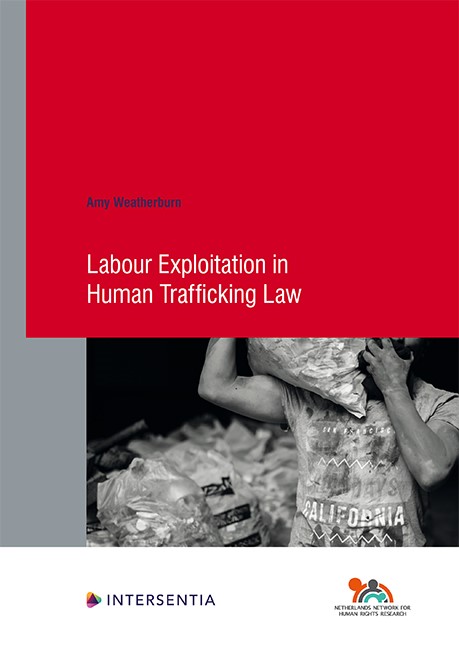Book contents
- Frontmatter
- Foreword
- Contents
- List of Abbreviations
- List of Tables
- Introduction
- PART I Exploitation in Political Theory
- PART II Labour Exploitation in Law
- PART III Labour Exploitation In The Criminal Law Of Belgium And England And Wales
- PART IV Conceptualising Labour Exploitation In Human Trafficking Law
- Conclusion
- Annex 1 List of Cases Accessed in Belgium and England and Wales
- Annex 2 Nationality of Victims and Civil Parties
- Bibliography
- Human Rights Research Series
Chapter 5 - The Legal Understanding of Forced or Compulsory Labour
Published online by Cambridge University Press: 10 December 2021
- Frontmatter
- Foreword
- Contents
- List of Abbreviations
- List of Tables
- Introduction
- PART I Exploitation in Political Theory
- PART II Labour Exploitation in Law
- PART III Labour Exploitation In The Criminal Law Of Belgium And England And Wales
- PART IV Conceptualising Labour Exploitation In Human Trafficking Law
- Conclusion
- Annex 1 List of Cases Accessed in Belgium and England and Wales
- Annex 2 Nationality of Victims and Civil Parties
- Bibliography
- Human Rights Research Series
Summary
FORCED OR COMPULSORY LABOUR IN INTERNATIONAL AND REGIONAL LAW
Forced or compulsory labour was first mentioned, but not defined, in Article 5 of the Slavery Convention (1926), that outline the circumstances in which States may employ such a practice, whilst acknowledging the potential grave consequences of its use.
The High Contracting Parties recognise that recourse to compulsory or forced labour may have grave consequences and undertake, each in respect of the territories placed under its sovereignty, jurisdiction, protection, suzerainty or tutelage, to take all necessary measures to prevent compulsory or forced labour from developing into conditions analogous to slavery.
The inclusion of the term in Article 5 of the 1926 Convention demonstrated ‘a definite attempt to deal with forced or compulsory labour in a general international agreement.’ Allain, however, draws attention to the lack of a definition of the concept and the lack of limitations placed on forced or compulsory labour for public purposes as being indicative of the attitudes at the time of the Colonial powers wherein the need to use forced or compulsory labour was justified for the purpose of public works and development. As with slavery, servitude and practices similar to slavery, the legal understanding of forced or compulsory labour in a contemporary context has required adaptation in order to pay heed to societal and political shifts such as decolonialisation, globalisation, neoliberalism and the deregulation of the labour market. In particular, the shiftfrom forced or compulsory labour as a State practice to a form of labour exploitation whereby an estimated 90% of forced labour occurs in the “private economy” is unique to the trajectory of the prohibition of forced or compulsory labour in law. As such, the recognition of these political and societal changes in law can be contrasted to the forms of exploitation discussed in previous chapters. In particular, the changes in the political and societal landscape are reflected in amendments to the law on the books, rather than a merely reiteration of the original text of the law and a reliance upon subsequent judicial interpretation to consider its application in a contemporary setting – as is the case with slavery and servitude.
- Type
- Chapter
- Information
- Labour Exploitation in Human Trafficking Law , pp. 119 - 138Publisher: IntersentiaPrint publication year: 2021



